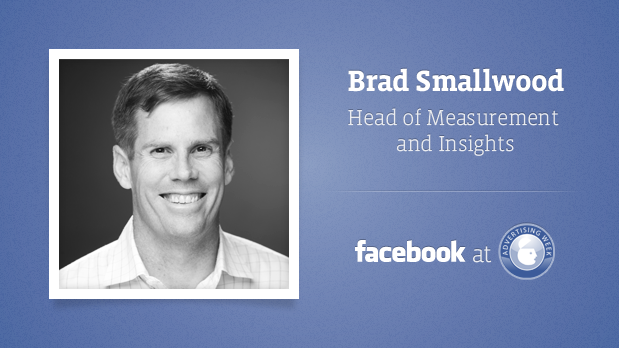What kind of company has the best chance of success using email to acquire new customers? I’ve identified four key characteristics of successful programs:
Their target audience is small and medium-sized businesses
If you are marketing to Fortune 500 companies, it is extremely hard to achieve the scale you need to make email marketing cost effective. The list sizes just aren’t there, and the CPMs can be prohibitively high. If you have an extremely valuable offer, email might be viable, but direct mail or inside sales approaches probably make more sense. Yes, I just wrote that.
They have a very compelling offer
You are an uninvited guest, so you need to show up with some really good wine. Free trial offers, dramatic cost savings, and exciting promotions all have proven effective at getting emails opened. White papers are OK, but they don’t tend to attract those ready to make immediate transactions. (If you’re building a prospect database, however, they are very effective). You might never get a second chance to email to this person, so you need to swing for the fences right away.
MORE: 4 characteristics of successful email acquisition programs






